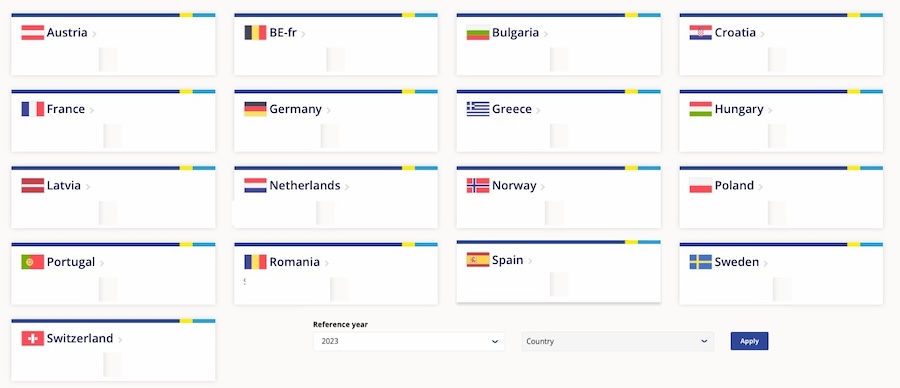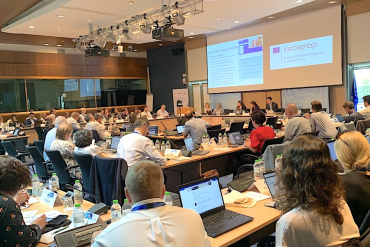The 2023-24 update of Cedefop’s European database on apprenticeship schemes offers the latest, in-depth information on how apprenticeships in Europe are designed, governed and organised.
The online database, which has been updated thanks to the contribution of Cedefop's community of apprenticeship experts, collects and presents structured, comparable information on apprenticeship schemes in European Union Member States plus Iceland, Norway, Switzerland, and the UK. It is an invaluable tool in the hands of experts and policy-makers facilitating comparative analysis and best-practice research, particularly as European countries have been expanding and improving their apprenticeship schemes since the introduction of the European Framework for Quality and Effective Apprenticeships in 2018.
In a rapidly changing world of work due to digitalisation, artificial intelligence and the green transition, apprenticeships remain a rock-solid solution, easing transitions of young people from education and training to work and helping adults to upskill and reskill.

Bringing vocational education and training (VET) providers, employers and learners together in a structured way, quality apprenticeships can provide a well-rounded learning experience that allows learners to acquire the right skills required by changing labour markets, both now and with a longer-term perspective.
Data in the database are organised and provided by country and by apprenticeship scheme.
- Each scheme fiche provides information on:
- how the scheme was established;
- which learner groups typically enrol;
- what qualifications they can obtain (type, level) and how they can progress in the education and training system;
- how the scheme is governed, detailing the responsibilities of State authorities and social partners;
- how training at the workplace is organised, including its share on the overall programme, the alternation type, the basis of training offered and the roles of in-company trainers/tutors;
- what type of contract and remuneration is foreseen for apprentices;
- who covers the main costs and what incentives are in place for companies and learners.




